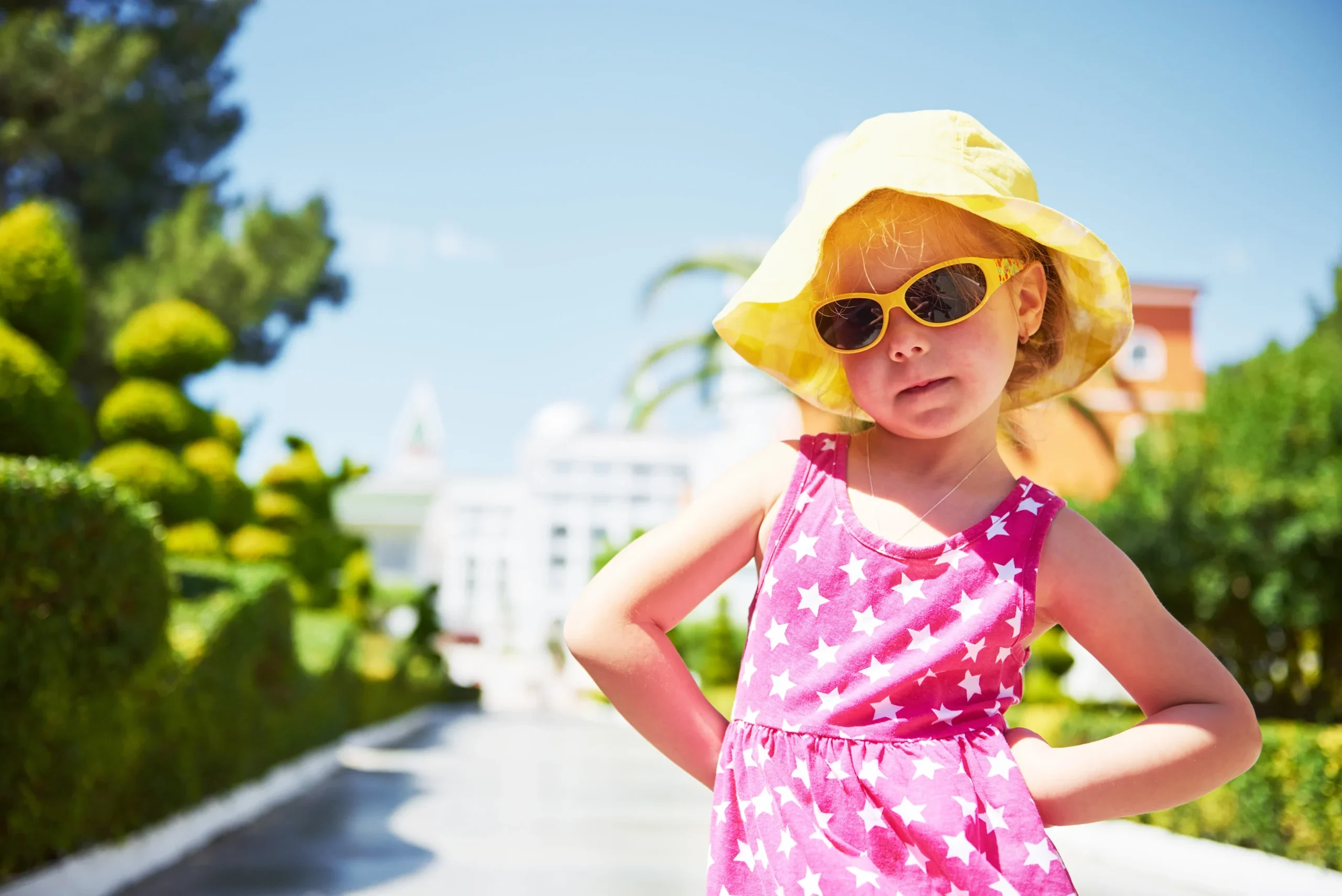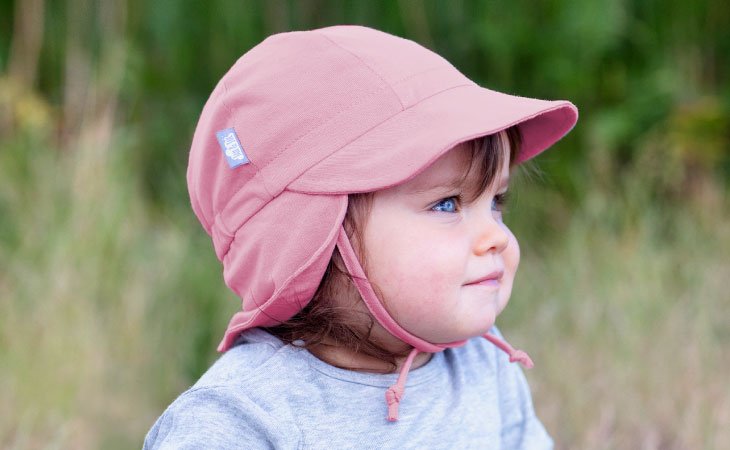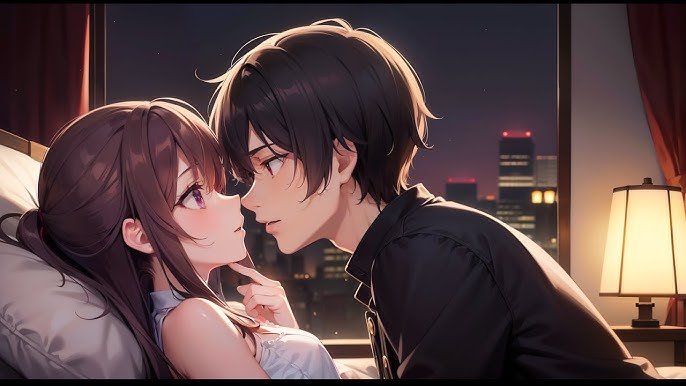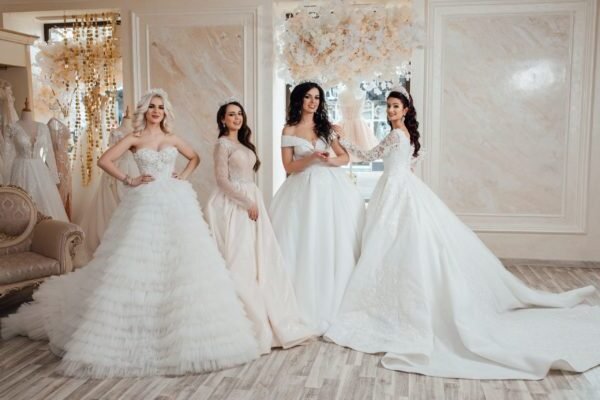The wedding dress is more than just fabric—it’s the heartbeat of the bride’s vision. It’s a symbol of love, individuality, and celebration. With evolving styles, diverse body types, and cultural influences, today’s bridal fashion is about more than tradition. It’s about making a statement, honoring personal identity, and walking into forever with confidence and grace.
The Evolution of the Wedding Dress

Wedding gowns have come a long way from the classic white silhouettes of the past. Historically, white represented purity, but in today’s world, it also symbolizes new beginnings and modern interpretations of romance. From Victorian lace to sleek minimalist designs, wedding dresses have evolved to reflect not only fashion trends but also changing social values. Brides today are embracing gowns that speak to who they are—not just what society expects them to wear.
Silhouettes That Flatter Every Body

One of the most empowering aspects of modern bridal fashion is the variety of silhouettes available. A-line gowns flatter almost all body shapes by gently flowing from the waist. Ball gowns make a bold statement with dramatic volume and fairy-tale charm. For a sultry touch, mermaid and trumpet dresses accentuate curves with elegance. Meanwhile, sheath and slip dresses appeal to minimalist brides who want something chic and effortless. Every silhouette offers a different mood, and the key is choosing one that makes the bride feel beautiful, comfortable, and authentic.
Fabric That Feels Like Magic

Fabric can completely transform the look and feel of a dress. Satin offers a smooth, luxurious shine perfect for classic glam. Tulle adds whimsy and volume, ideal for fairytale gowns. Chiffon flows like water, creating soft movement that’s ethereal and romantic. Lace, whether vintage or modern, brings texture and intricacy to a dress. Modern brides are even combining fabrics—like lace bodices with chiffon skirts—for a personalized, couture feel that reflects their personality.
The Rise of Color in Bridal Fashion

While white will always have its place in weddings, modern brides are increasingly exploring colored gowns. Soft blush, champagne, nude, pale blue, and even bold tones like lavender or black are making their way into bridal boutiques. These hues add depth and uniqueness while still feeling bridal. Color can also enhance skin tone, reflect cultural symbolism, or simply reflect the bride’s bold style.
Cultural Influences on Modern Gowns

Global influences are shaping the world of wedding fashion. Indian lehengas, Chinese qipaos, African Ankara prints, and Middle Eastern embroidery are being incorporated into modern bridal looks—either in full or as fusion elements. Multicultural brides often blend traditional garments with Western silhouettes to honor heritage and family. This celebration of diversity is not just beautiful—it’s meaningful, telling stories that go beyond the wedding day.
Detailing That Steals the Spotlight

It’s often the smallest details that make the biggest impact. Beading, pearls, floral appliqués, embroidery, sequins, or illusion mesh can elevate a dress from lovely to unforgettable. Designers are experimenting with dramatic sleeves, low backs, 3D florals, oversized bows, and capes to give brides more options for self-expression. Some gowns sparkle under the lights, while others whisper romance with delicate craftsmanship. In 2025, uniqueness is in the details.
Sustainable and Ethical Bridalwear

Eco-conscious brides are making wedding fashion more responsible. Many designers now offer dresses made from organic or recycled fabrics, and some brides choose to rent gowns, buy second-hand, or repurpose family heirlooms. Upcycled vintage dresses are especially trendy, blending sustainability with nostalgia. Ethical fashion is not only stylish—it also reflects the values of couples looking to make mindful choices about their wedding.
The Importance of the Perfect Fit

A wedding dress doesn’t reach its full potential until it’s properly tailored. Professional alterations ensure that the gown hugs in all the right places and moves gracefully with the bride. Comfort is just as important as beauty—no bride should feel restricted or uncomfortable on her big day. From bust support to hemline adjustments, tailoring transforms a good dress into the dress.
Bridal Accessories That Complete the Look

The dress may be the centerpiece, but the accessories complete the ensemble. Veils, headpieces, belts, gloves, and jewelry add personal flair. Some brides go classic with pearl studs and a cathedral veil, while others opt for statement earrings and crystal crowns. Shoes, too, can reflect personality—satin pumps, beaded sandals, or even custom sneakers all have their place. Every accessory is an extension of the bride’s story and style.
Final Thoughts
Choosing a wedding dress is a moment many brides dream of for years. It’s not just a piece of clothing—it’s a symbol of love, transition, and self-expression. Whether it’s a couture ball gown, a sleek boho dress, or a cultural fusion piece, the perfect wedding dress is the one that makes a bride feel like the most radiant version of herself. In a world full of trends and options, the best choice is always the one that feels most like you.

































